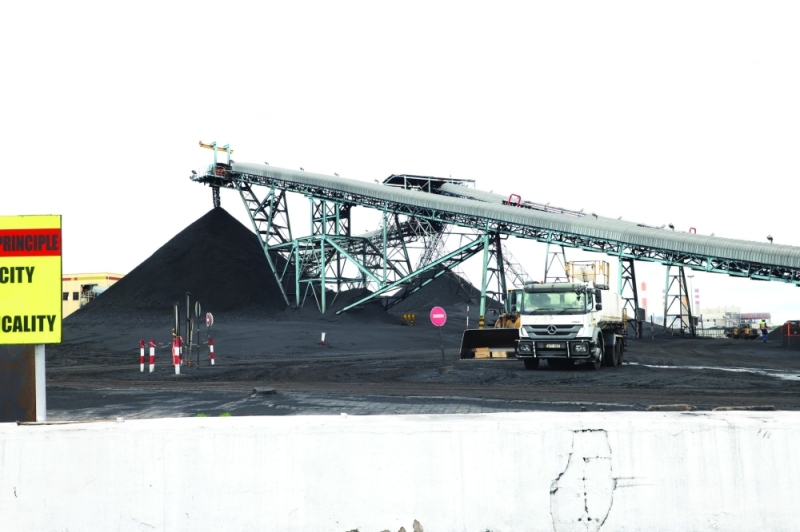Upcoming coal mine eyes regional market
Mbongeni Mguni | Tuesday October 8, 2024 12:50


Maatla controls the Mmamabula Coal Project on the well-explored eastern coalfields, which contains over 90 million tonnes of high-grade thermal coal.
CEO Jacques Badenhorst told BusinessWeek funding was in place to finalise construction of the mine and the offtake arrangements had been finalised.
“Initially, for the first six months, we will be looking at 80,000 tonnes a month of run of mine, which will relate to between 40,000 and 50,000 tonnes of product,” Badenhorst said in an interview on the sidelines of the Africa Mining Summit. “That obviously gives us an opportunity in terms of creating momentum, an opportunity to train people because there’s a skill shortage in terms of coal and also an opportunity to establish and finalise the markets. “Then we will go into a 24-hour operation where we will double up on production with about 100,000 tonnes of product per month.”
When up and running Maatla’s coal mine will be the country’s third after Morupule Coal Mine and Minergy’s Masama. Maatla’s project comes as financing for coal continues to tighten globally, despite developed regions such as Europe still leaning on the mineral when they encounter energy crises.
Badenhorst said the offtake arrangement was through HMS Bergbau AG, a German commodities trader.
“One of our partners within the company is called HMS Berbacht. “They are worldwide commodity traders and they have 100% offtake of all Maatla products and are also a shareholder. “We have a take or pay scenario with them, but also downstream we have numerous customers as we are oversubscribed on duff and peas,” he said.
The CEO said Maatla’s coal would be in high demand as it is low phosphorous, with only two mines remaining in South Africa that have comparable products. He said in addition, 25% of Maatla’s production would go towards a charring facility to upgrade the bituminous coal to charred coal, which can sell for three to four times the value.
“Low phos coal is used in the ferro alloy industry as a product mix with coking coal, anthracite or charred coal in order to reduce the overall cost of only utilising coking coal,” Badenhorst said. “We can get a premium for the low phos coal whereas other producers can’t get that premium because they don’t have low phos coal. “So in all processes where you have low phos, low sulphur and low ash, customers if they have a choice would rather go with our product than anyone else’s. “At least 25% of our production will go through the charring facility, upgrading the value of that coal. “We therefore have a secure market of 25% that we will be consuming basically on site, while everyone else would have to sell that 25% into a different market.” Maatla is targeting the regional market for its coal, selling to customers such as boiler applications and cement factories. While international coal prices have plummeted from their highs in the 2022 energy crisis, Badenhorst said operations such as Maatla would not be affected.
“What you need to realise is that if you say coal prices are down, you are talking about indices for exports,” he told BusinessWeek. “We have seen for numerous years that our market doesn’t follow those indices. “The prices for the duff, peas and nuts stay consistent and they consistently increase year on year. “If I was exporting most of my production, yes, we would be affected, but we are not, and we are not affected by those fluctuations of international seaborne markets.”
